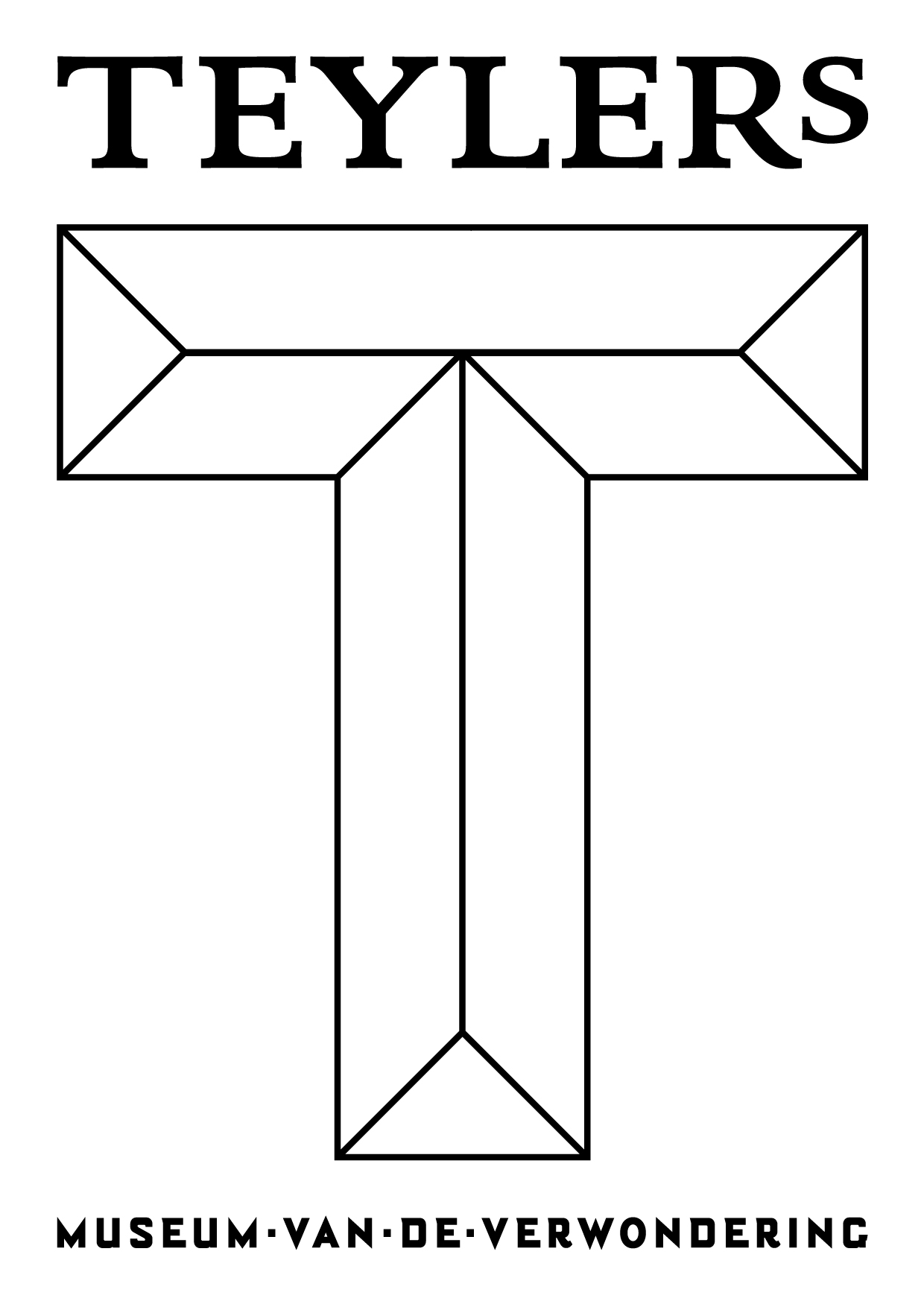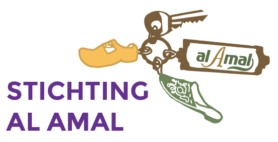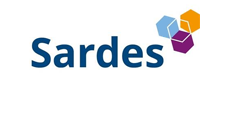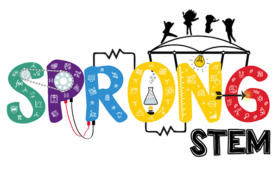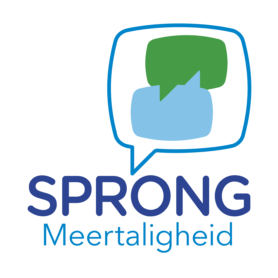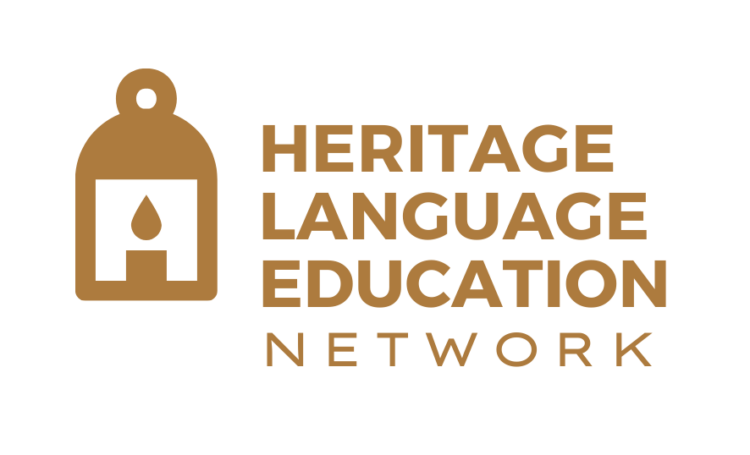The “Golden Weeks”—a great time to make space for multilingualism
The so called “Golden Weeks” are upon us—the first few weeks of the school year, where educators have the chance to set expectations and lay a stellar foundation for the coming year. This is an important time for teachers and school support staff, but also for students and caregivers: it’s a clean slate of sorts, a chance for new beginnings.
A few tips for educators to give multilingualism—literally and figuratively—space in the “Golden Weeks”.
- Add a multilingual welcome sign to your school entrance or classroom.
Why it’s important: Giving multilingualism literal space in school shows that multiple languages are valued and celebrated—as are the people who speak them!
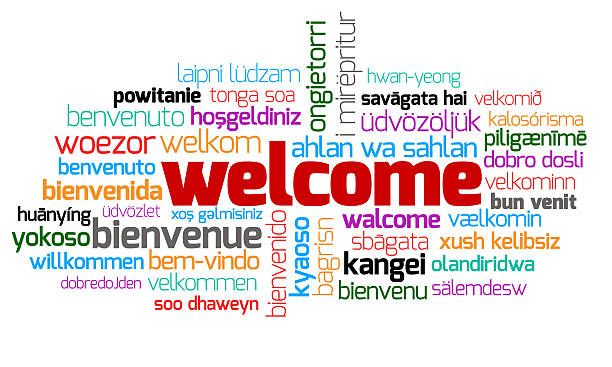
Bonus idea: Ask your students to make their own multilingual welcome signs!
For caregivers: Language portraits (Multi-STEM | The power of language portraits: Get to better know your students (multistem.net) are a fun and insightful activity that can be done to celebrate multilingualism through creativity. You can also share your child’s portrait with their teacher.
2. Talk about language during start conversations. Ask about what language(s) the child speaks at home, and with whom. Ask about linguistic goals that caregivers may have for their children—perhaps they find it important to maintain Turkish at home for contact with grandparents, or to keep up their English because they intend to move back to England in the future. Show curiosity for multilingualism, and lead with positivity and openness.
Why it’s important: Start conversations are short, which means anything discussed should be important. Giving space for home language(s) shows interest and can let a caregiver know that their child’s multilingualism is valued. It can also help you to understand more about your students.
Bonus idea: Make a poster showing what languages are spoken in your classroom. This can help speakers of the same language to collaborate.
For caregivers: If your child’s teacher doesn’t ask, it doesn’t mean they don’t care! Make an effort to share about the language(s) your child speaks at home, with whom, and why its important. This can be helpful information for the teacher.
3. Encourage your students to make multilingual “cheat sheets”. These can be useful to review previous topics, or to introduce new topics. It doesn’t mean translating every piece of information, but can be useful to help children to make connections between their languages.

Why it’s important: Multilingual children have knowledge spanning across multiple languages. Incorporating more than one of their languages can help to jog their memory or help them to make connections between their languages. Encouraging them to do this also shows them that you value all of their languages (and ALL pieces of them)! Introducing it early in the year could also help children to use the strategy independently more frequently throughout the year.
Bonus idea: Some students may find it interesting to brainstorm or write down ideas in the home language first, before translating to Dutch. There are many opportunities to experiment with this, and one idea may work better for one child than another. Advise multilingual students to give it a try and see how it goes.
For caregivers: You can make multilingual cheat sheets at home, too! Some students may find it harder to discuss topics learned at school in the home language. Making a cheat sheet together can help your child to build their vocabulary in the home language…it can be fun to do together, too!
-Erin Gail MacDonald | PhD researcher, subproject ‘Home’.
Currently, this blog is only available in English and Dutch. To read it in another language we recommend using the translation tool DeepL.com.


